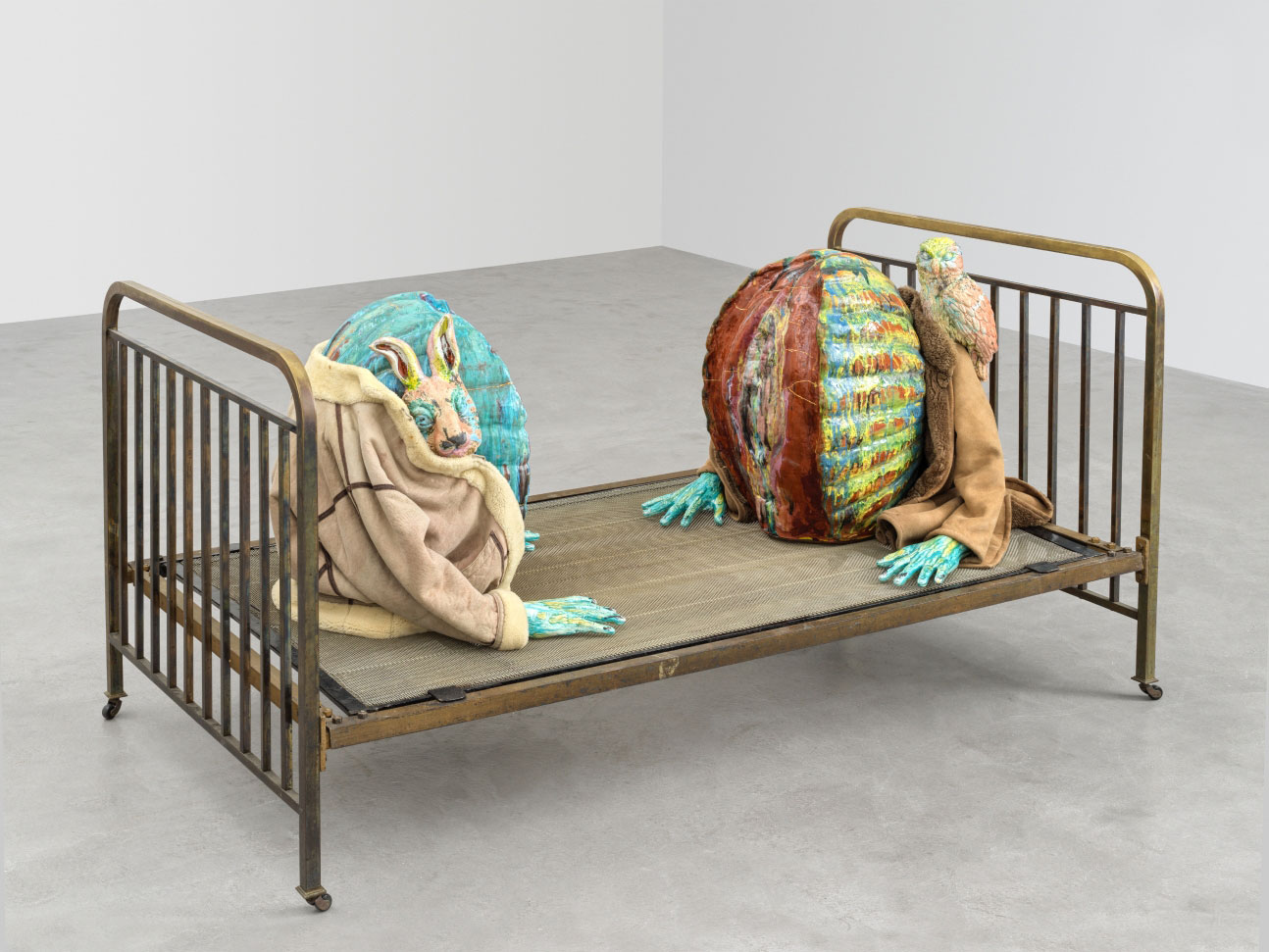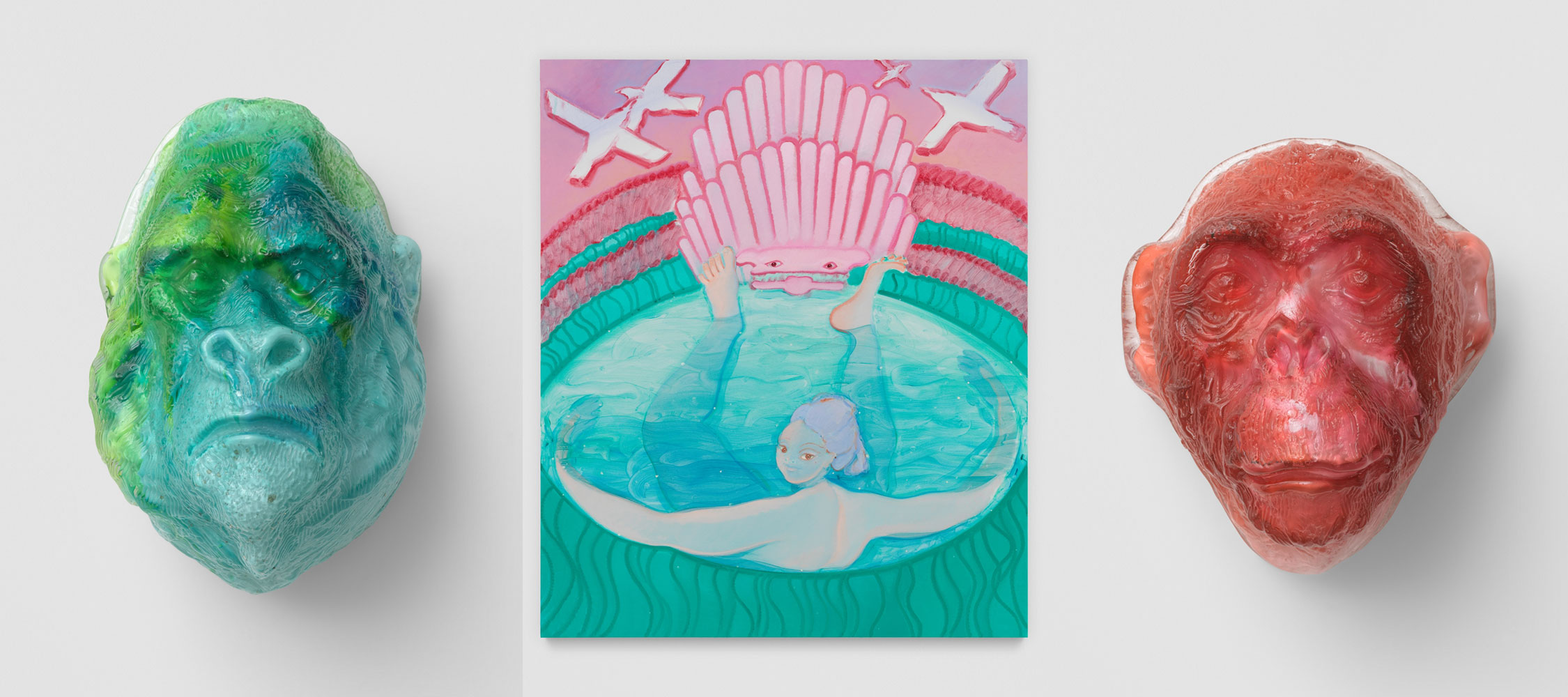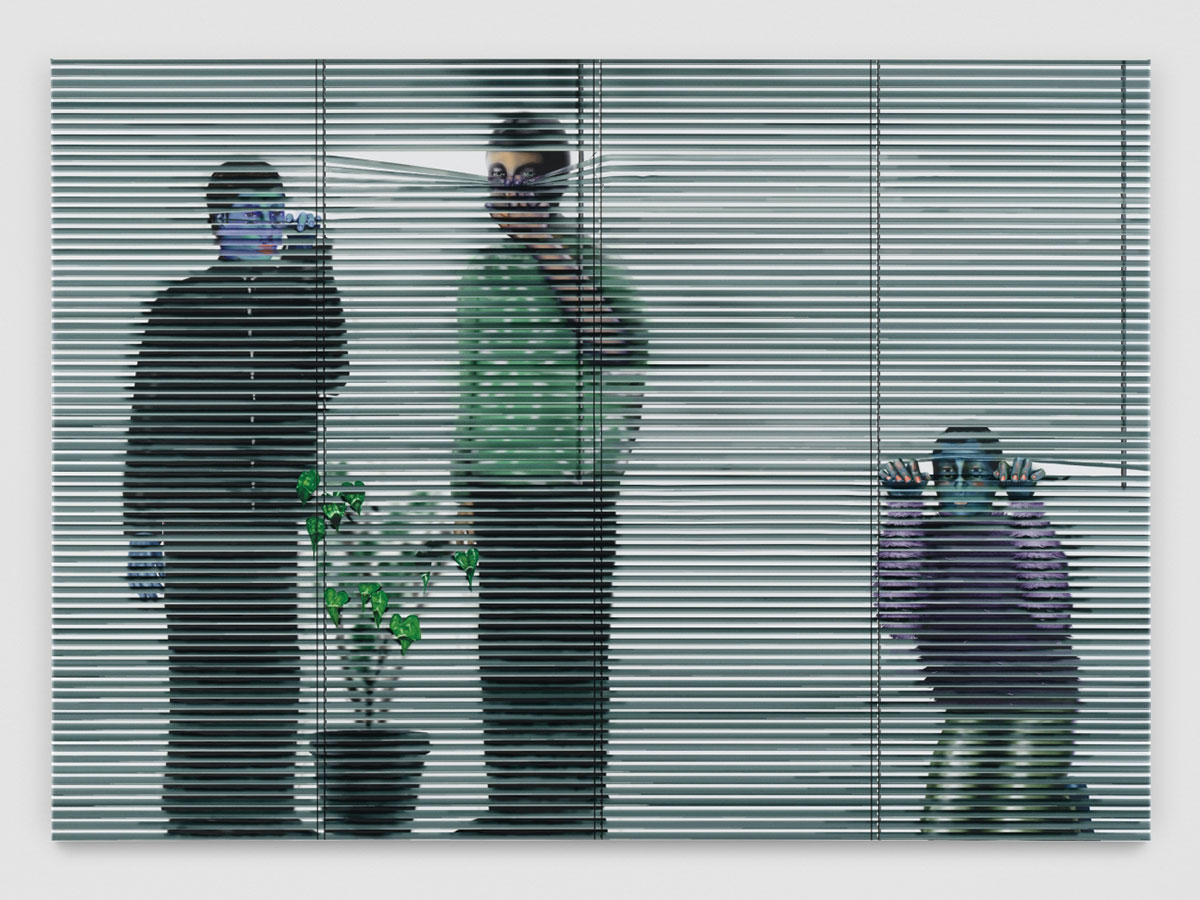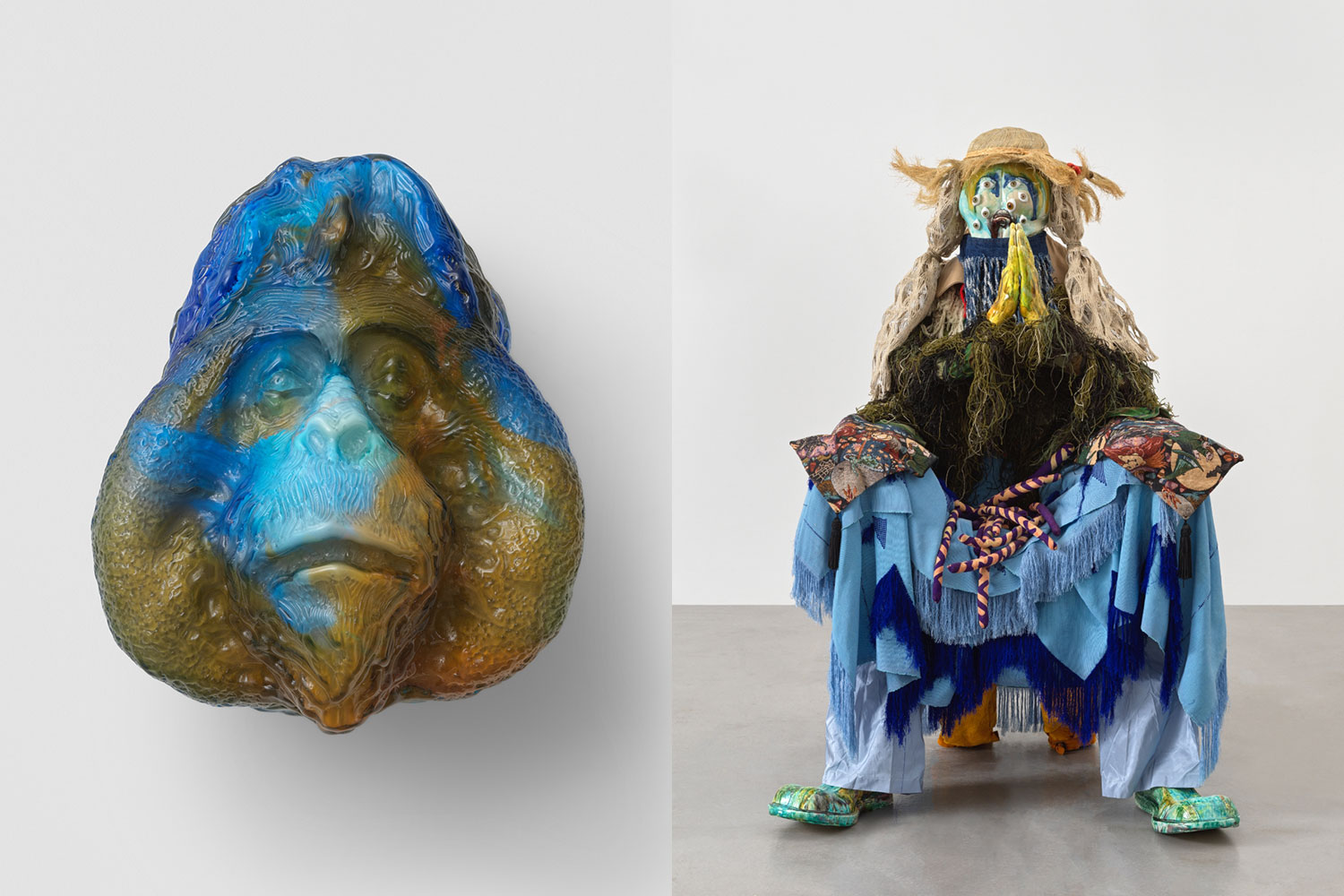ART CITIES: Zurich-The Body
 The human body has been a source of enduring fascination to artists across time, geography and cultures. Many of the earliest surviving artefacts now classified as ‘art’ depict the human form, or testify to its presence, and artists have continued to grapple with the subject through postmodernism and beyond. Such is the power of the human image that its representation in art has scandalised viewers, and has even been outlawed throughout history, while society continues to debate whose image should be memorialised in art, and how.
The human body has been a source of enduring fascination to artists across time, geography and cultures. Many of the earliest surviving artefacts now classified as ‘art’ depict the human form, or testify to its presence, and artists have continued to grapple with the subject through postmodernism and beyond. Such is the power of the human image that its representation in art has scandalised viewers, and has even been outlawed throughout history, while society continues to debate whose image should be memorialised in art, and how.
By Dimitris Lempesis
Photo: Galerie Eva Presenhuber Archive
Until the early 20th century, the body was wrapped in certain ideas and conventions of representation that followed the themes of art: religion, mythology, everyday life, landscape, and portraiture. Time and again, the body was the projection surface of emotions such as pain, lust, passion, vulnerability, or willpower, predominantly defined and staged by male artists. It was not until the Surrealists that the door was opened to a psychologically more complex world, in which the body could completely shed the garb of reality—neither always clearly assigned a gender nor explicitly staged for the male or female gaze. From that moment on, the body became a symbol: of dreams, of the unconscious, of fantasies, and the psyche of modern man. Often maltreated by fears, it increasingly functions as the scene of a spectacle of the tortured soul. Abstracted, deformed, or mechanized, it is present in all genres. Female artists, in particular, prefer to thematize the body in the new media of photography, video, and performance. In recent years, however, the body has reappeared in painting and sculpture to a greater extent—and now signals a new artistic self-understanding that negotiates questions of gender, identity, and assignment in a completely new way. The artists in the group exhibition at Galerie Eva Presenhuber in Zurich, ebody a new, permeable generation that considers representation in new, often haunting, and visually demanding ways. There is often a startling fragility behind it. It captivates the gaze and opens up the view of the body—its freedom, fantasies, and fluidity.
Jean-Marie Appriou’s work is a menagerie of mythical creatures: hybrids of animal, human, and vegetable, demigods and the undead, suspended between past and future, morbid and mystical, mannered and melancholic, like figures from Ovid’s Metamorphoses. The body is the central organ in this system of references, which combines the Middle Ages, Art Nouveau, and science fiction to create fantasy worlds in which nothing is constant. The ocean, where Appriou grew up, is the all-pervading metaphor for his work: it stands for death and rebirth, for danger and mystery, for poetry and artistic inspiration. Amy Feldman’s large scale gray-on-gray abstractions pose a salient conversation between physical gesture and the formal language of abstraction. While a subdued palette imbues her paintings with a neutral objective mode, the artist deploys signs and symbols that hint at the body and its charge. Feldman’s paintings resemble human organs, pulsating in space, working in sync to deliver only the essential through acute simplification of form. Her graphic cartoon-esque approach and distilled heroic gesture work in tangent, displaying complex humor to earnest intent. Louisa Gagliardi is completely committed to the figure. Her scenes have something dark and cloudy about them, appearing like dream frequencies—people are often only seen spliced in, from behind, as legs or heads, as if they were mere ghosts or fragments of memories. With colors shimmering like the applied gel or nail polish, the images appear digital, overdrawn, and surreal without betraying the artist’s hand. The mood is cold and smooth yet fragile, like a broken display. Kris Lemsalu builds sculptures out of porcelain and ceramics, often peppered with textiles, plastic, and other materials. They appear grotesque, theatrical, in short: nightmarish and present themselves quite offensively, dominating the space and creeping under the skin. Lemsalu presents her new work, Motherpeace: ceramic vulvas on an iron bed frame from which hang coats belonging to the artist’s mother and grandmother, porcelain hands reaching out: a sculpture as two portraits. Conny Maier reduces her figures to the essential, almost bursting the pictorial space. Their roundish proportions are not right—hands too large, bodies serpentine, faces often disappearing behind hair and headgear. Maier’s figures often appear tormented, angry and groping, overwhelmed by the world, by their role in it, by their very limbs. Domestic objects such as vases and bowls appear, serving as empty allegories of the figures’ bodies. Sofia Mitsola paints primarily female, invented characters and the atmospheres they inhabit using vibrant colors and a monumental scale. The female body is a recurring motif that allows her to play with ideas of confrontation, power, and control. Her protagonists’ coquettish gazes are always directed at the viewer—inviting, controlling, and consuming them. Appearing as individuals or in groups, her subjects are composed using radiant opaque colors and translucent layers that mimic water, an element that symbolizes transformation and catharsis. Tobias Pils works exclusively in shades of grey. At first, one thinks his figures lean on the visual language of modernism—cubism and surrealism resonate, only to be catapulted into the present with a comic-like twist. The artist’s versatility becomes clear: bodies become non-representational, abstractions transform into eyes, noses, and mouths, lines become landscapes. His canvases never rest—the bodies burst with nervousness and energy, like living psychograms.
Participating Artists: Jean-Marie Appriou, Amy Feldman, Louisa Gagliardi, Kris Lemsalu, Conny Maier, Sofia Mitsola and Tobias Pils
Photo: Kris Lemsalu, Mama is in your bed, 2022, Ceramics, fabric, metal, Approx. 110 x 217 x 117 cm / 43 1/4 x 85 3/8 x 46 1/8 in, © Kris Lemsalu, Courtesy the artist and Galerie Eva Presenhuber
Info: Galerie Eva Presenhuber, Maag Areal, Zahnradstrasse 21, Zurich, Switzerland, Duration: 12/2-9/4/2022, Days & Hours: Wed-Fri 12:00-18:00, Sat 11:00-17:00, www.presenhuber.com


Center: Sofia Mitsola, La Grande Baigneuse, 2022, Oil on canvas, 250.5 x 210.5 x 4 cm / 98 5/8 x 82 7/8 x 1 5/8 in, © Sofia Mitsola, Courtesy the artist and Galerie Eva Presenhuber
Right: Jean-Marie Appriou, Planet of the Apes (Beta Vulgaris Chioggia), 2022, Handblown glass, 39 x 33 x 27 cm / 15 3/8 x 13 x 10 5/8 in, © Jean-Marie Appriou, Courtesy the artist and Galerie Eva Presenhuber


Right: Kris Lemsalu, Crybaby I, 2022, Ceramics, fabric, metal, 140 x 90 x 80 cm / 55 1/8 x 35 3/8 x 31 1/2 in, © Kris Lemsalu, Courtesy the artist and Galerie Eva Presenhuber

Right: Tobias Pils, Woman 4 (birth), 2017, Mixed media on canvas, 373 x 199 cm / 146 7/8 x 78 3/8 in, © Tobias Pils, Courtesy the artist and Galerie Eva Presenhuber
